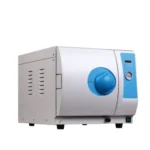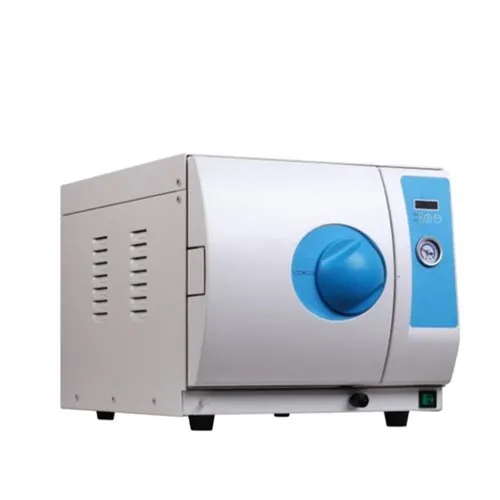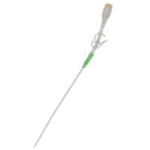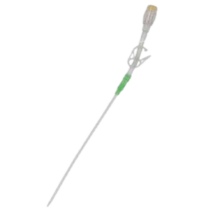Class B Autoclave
Modern dental instrument sterilizers are getting faster and smaller, allowing for more effective use of the equipment while maintaining sterility and readiness for a fair amount of time. Steam sterilizers classified as class B autoclave employ a vacuum pump to remove air and steam mixtures from the chamber before the sterilization cycle starts. 99% of the air in the chamber may be removed using this autoclave machine before the pressure and temperature reach the required levels.

Class B Autoclave
Request a Call Back
- Ask a Question

Class B Autoclave
Ask a Question
Applications
The conditions needed to sterilize any kind of load, including porous or hollow materials, goods packaged in bags, fabrics, and hollow objects like wands, turbines, handpieces, and tips, are provided by this dynamic air removal. With the ability to sterilize any sort of equipment used in the dentistry, medical, podiatry, chiropodist, tattoo, and veterinary sectors, the Class B autoclave machine is the most flexible, small, effective, and compact desktop sterilizer type available among the other types of autoclave.
Key features
- Prevention of bacterial growth
- Prevention of disease contamination
- Aseptic treatment to the patient
- Better penetration for hollow and porous instruments
- Contamination management to clinical staff
- Hygiene maintenance in the dental clinic
Based on 0 reviews
|
|
|
0% |
|
|
|
0% |
|
|
|
0% |
|
|
|
0% |
|
|
|
0% |
Related Products
Hemodialysis patients, especially those suffering from renal failure, require the use of single lumen dialysis catheters. They enable the patient to have blood extracted and then reinfused following dialysis machine filtration. Antimicrobial impregnations or coatings are applied to some catheters to lower the risk of bloodstream infections. Catheters with different diameters and lengths to accommodate different patient anatomy and therapeutic needs are created from biocompatible materials such as silicone or polyurethane.





Reviews
There are no reviews yet.